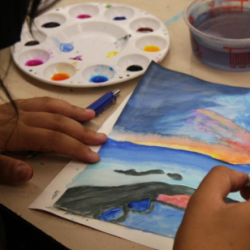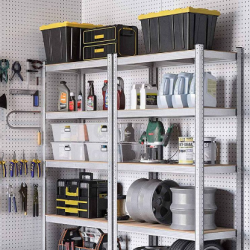Getting the most out of your security camera
When installing a security camera system, it is very important to protect that investment. There are sensitive electronics inside the metal or plastic coverings. The materials they are made from ensure some protection, however, outdoor security cameras are subject to the elements such as wind, rain, and lightning. Therefore, it is important to get the installation just right.
Use junction boxes for a durable installation
Junction boxes are great for providing a clean installation. Hiding the connectors is another reason to use a junction box. An additional layer of protection from the weather, or vandals is needed in the world today. Failure to protect the connector will produce a defective camera. It is important to note that the pigtail connector cannot be repaired.
A junction box also provides longer lasting protection from vandals and the extension of the roof, soffits or wall. Criminals and intruders often seek to disable the security camera system to damage the camera or cables. Disguising and protecting cable connectors in junction boxes will help a lot. Junction boxes also offer a convenient way to mount a camera under the overhang of eaves or soffits, or away from the wall.
Use the weather grommet for IP cameras
IP cameras include a weather plastic grommet that protects the camera connector. Grommets provide much needed protection for network ports from the rain. Moisture to the pigtail connector will create a short and damage the port in a short time.
Making use of the weather grommet is more effective than using electrical tape or plastic wrap. Finding cheap materials to use is a common mistake that causes damage to the camera. If you are getting a professional to complete the installation for you, check that the installer is making use of the included weather grommet. For Bristol CCTV Installation, visit a site like https://www.bristolfire.co.uk/cctv-systems/
Keep the camera safe from the elements
During the installation of security cameras, a professional or homeowner will be looking for the best vantage point. This might mean occasionally cameras need to be mounted at height or mounted on a pole. Installation must be carried carefully to ensure that the camera is not exposed to weather conditions beyond the standard of their weatherproofing.
A poor installation will expose a camera to high winds and lightning or allow water to pool on the camera. Air combined with strong winds may break the glass in front of the camera.
The sun’s rays can also damage the camera. If the camera is pointing in the direction where the sun shines directly into the camera, the image sensor of the camera will burn out from UV radiation. Even the sunlight reflected off a car’s windscreen for hours each day can cause damage to the image sensor. Direct sunlight in warm climates can melt or overheat the camera cables as well.
Lightning could potentially hit a camera situated on a pole or placed at height on a building. Electricity is able to flow through the cable inside the recorder. An effective action is to use ethernet surge protectors which will limit the damage resulting from potential lightning strikes.




